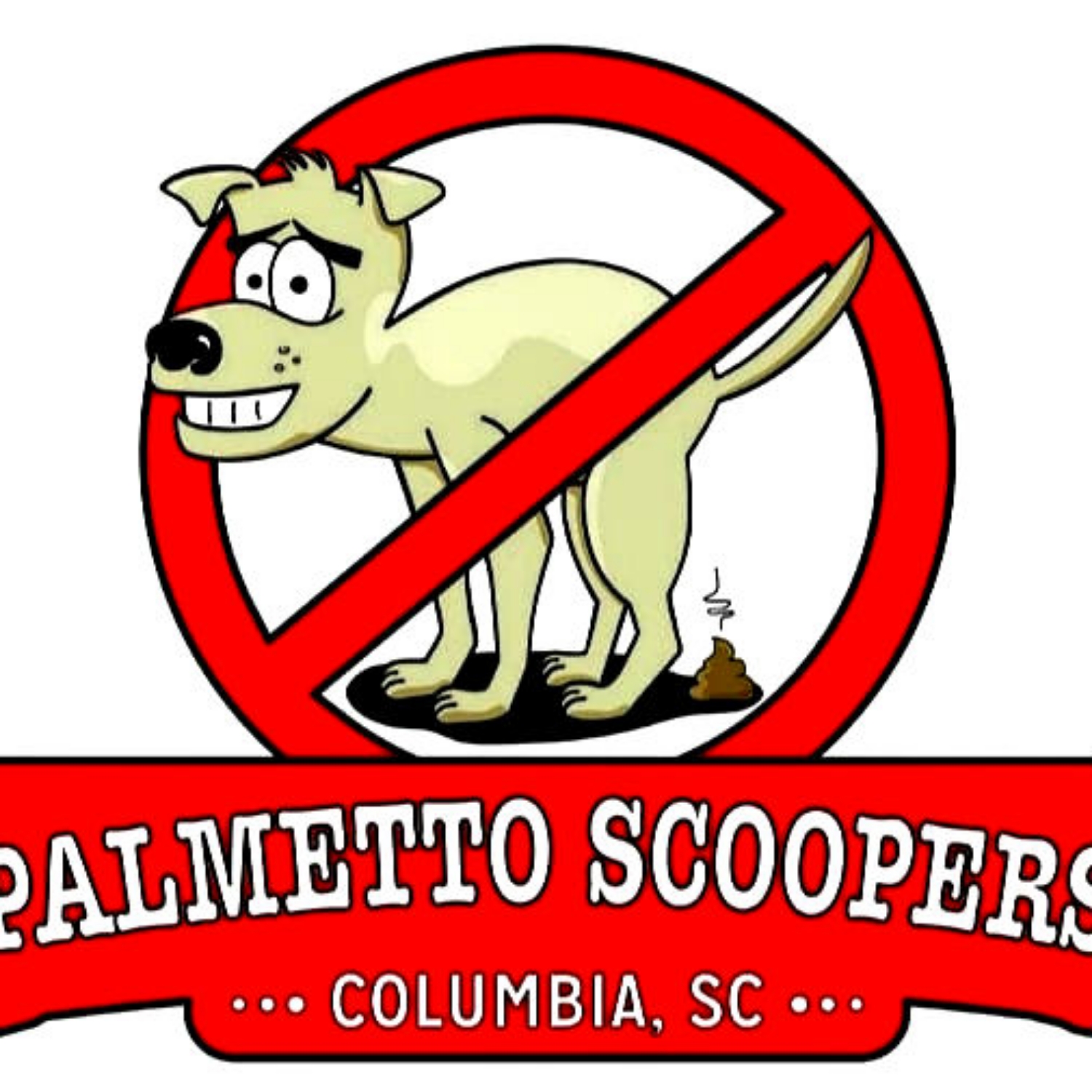How to Keep Your Yard Clean and Pet-Friendly
- Palmetto Scoopers

- Apr 29
- 4 min read
A clean yard is essential for maintaining a safe and enjoyable environment for both pets and their owners. With a little effort and some smart strategies, you can keep your outdoor space clean while ensuring it remains pet-friendly. This post will guide you through various tips and practices to help maintain yard cleanliness, program your pets’ bathroom habits, and create a comfortable space for outdoor activities.
Yard Cleanliness: An Overview
Maintaining yard cleanliness is not just about aesthetics; it is essential for the health of your pets and family. A messy yard can attract pests, lead to disease, and create an unpleasant environment. The good news is that keeping your yard in tip-top shape doesn't have to be a daunting task. By establishing a consistent routine and employing effective methods, you can create a welcoming space for your pets.
Every time your dog or cat visits the yard, they contribute to its cleanliness. Regular clean-up is vital for long-term hygiene and can prevent potential health issues. Make picking up after your pets a habit, and you'll be well on your way to a clean and safe outdoor area.

Creating a Pet-Friendly Yard
When designing a yard that is safe and appealing for pets, consider their needs and behaviors. Here are some key elements to incorporate:
1. Fencing and Boundaries
A secure fence is crucial for keeping your pets safe. Choose a fence height that corresponds to your pet's jumping ability. Additionally, make sure there are no gaps or holes that they could slip through.
2. Designated Bathroom Areas
Creating a specific area in the yard for your pets to relieve themselves can help keep other parts clean. By consistently using that area, you’ll reduce the likelihood of accidents around the yard.
3. Safe Plants
Choose non-toxic plants for your yard. Some common plants are poisonous to pets, including lilies, azaleas, and certain types of ivy. Opt for pet-friendly varieties like sunflowers, marigolds, or snapdragons.
4. Comfortable Shade Spots
Provide shaded areas where your pets can rest, especially on hot days. Use trees or umbrellas to create cool spots in your yard.

What is the Best Way to Dispose of Pet Poop?
Disposing of pet waste is a crucial part of maintaining yard cleanliness. Here's a guide to the best practices for handling pet poop:
1. Use Poop Bags
Always carry biodegradable poop bags with you when taking your pet for a walk. These bags make it easy for you to scoop and dispose of waste properly, keeping both public spaces and your yard clean.
2. Bury It
If you prefer to bury your pet's waste, make sure to dig a deep hole (at least 12 inches) away from vegetable gardens, trees, and water sources. This keeps bacteria from spreading.
3. Composting
A pet waste composting system can be a sustainable option, but it requires specific care. Use a dedicated compost bin, and ensure that it's kept away from edible plants.
4. Professional Pet Waste Removal Service
Sometimes, keeping up with waste disposal can be challenging, especially with multiple pets. If you're struggling, consider hiring a pet waste removal service to help maintain your yard's cleanliness, especially during busy weeks or seasons.
Regular Maintenance Tips
To achieve long-term cleanliness in your yard, develop a routine maintenance schedule. Here are some tips to get started:
1. Weekly Clean-Up
Devote at least one day a week to cleaning your yard. Pick up pet waste, trim any overgrown plants, and remove debris like fallen leaves and branches.
2. Mow the Lawn Regularly
Mowing your lawn not only improves its appearance but also reduces the number of hiding spots for pests like ticks. Regular mowing supports healthier grass growth, making for a lush and inviting space.
3. Mulch Flower Beds
Using mulch in your flower beds can help suppress weeds while providing a neat appearance. Opt for organic mulch to ensure it is pet-safe.

4. Regularly Inspect for Pests
Keep an eye out for pest problems such as fleas, ticks, and mosquitoes. Regular inspections can help identify issues before they escalate.
5. Check for Pet Hazards
Make sure the yard is free of any hazards that could harm your pets. This includes checking for sharp objects, toxic substances, and anything small enough that your pet could swallow.
Making Cleanup Fun
Turn the cleanup process into a bonding experience with your pets. Here are some tips to make it more enjoyable:
Involve Your Pets: Allow your pets to join you while you clean. Their excitement can make a routine task feel like an adventure.
Play Music: Groove to your favorite tunes while you work. Music can lighten your mood and make the clean-up feel quicker.
Reward System: After you finish cleaning, give your pets a treat or quality playtime. Rewarding them for being good assistants can reinforce positive behavior.
Final Thoughts on Yard Cleanliness and Pet Safety
Maintaining a clean and pet-friendly yard is achievable with the right strategies. By incorporating designated bathroom spots, using safe plants, and establishing a consistent cleaning schedule, you can create a vibrant outdoor space that both you and your pets can enjoy.
Whether you’re looking to design a new pet-friendly yard from scratch or improve your current outdoor space, remember that the key to success lies in regular maintenance and smart planning. Embrace the joy of sharing your yard with your furry friends, and enjoy a clean, safe, and beautiful space for everyone.
.png)



Comments